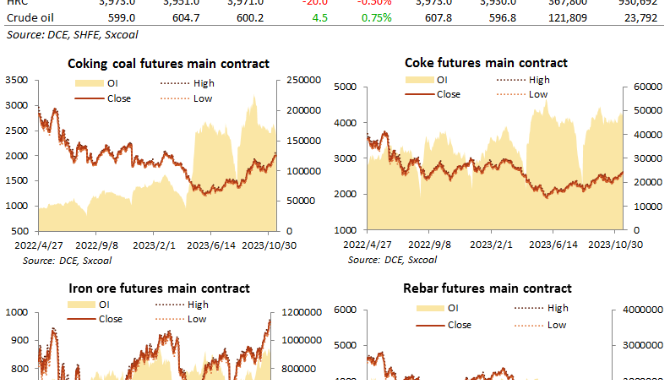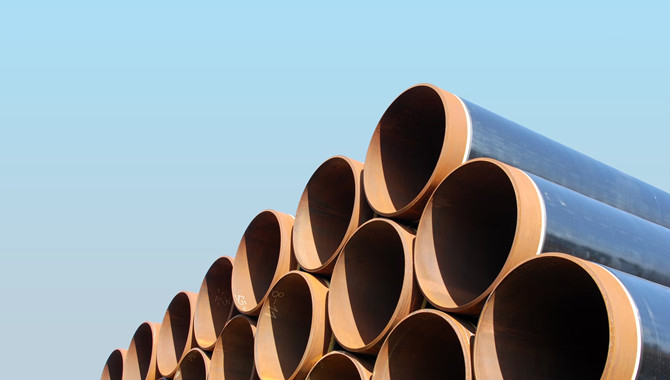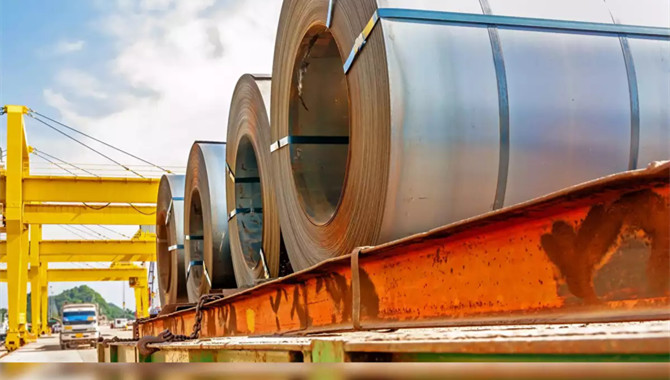Thermal coal inventories in India have plunged in recent weeks and currently stand at just 8 days of consumption. Last time they hit such a seasonal low was in 2017. The nationwide lockdown in the spring prevented power plants from building sufficient inventories ahead of the monsoon season. And the economic rebound in Q3 saw stocks declining at the fastest pace in recent years.

Total power generation has staged a V-shaped recovery following the dip in May. Significantly, coal-fired output, which accounts for roughly 85% of the total, has bounced back to levels previously achieved only outside the rainy season. Daily production in August1 has been running 20% above the previous five years' average for the month.

India's coal imports have been sluggish in recent months but they have been picking up lately, averaging 3.7mt over the past few weeks. Further gains are expected as restocking demand typically picks up in September with the monsoon season coming to an end.
In India's quest for coal, Australia stands to benefit the most. Since China's ban on Australian coal, substantial volumes have been redirected to India. Year-to-date² shipments stand at 47.5mt according to AIS data, twice the amount shipped last year. Although Aussie-India coal is predominantly a Panamax route, the share of Panamaxes has dropped from 74% in previous years to 58% in 2021. Capes have captured the lion's share of the incremental volumes shipped to India.
²Weeks 1-33
Indonesia is another top supplier to India. However, its market share has retreated from 45-50% in recent years to 36% in 2021, which is the same as Australia. With government-imposed sanctions on miners not meeting their domestic market obligations (DMOs) and the subsequent export ban, Indonesia may not be able to provide the incremental volumes required by India in the following months.

That could leave Indian importers having to source coal from further afield, a common practice so far this year. Out of the total coal shipments to India, 11.3mt (or 8%) have originated from the U.S., equal to the 2020 full year total. South Africa could also act as an incremental supplier, provided that the ongoing logistical bottlenecks are eased. Both options are tonne-mile positive, particularly for Capesizes, which account for 80% of the U.S. and South African coal shipments to India.
On a macro level, there are downside risks to demand; India's slow vaccination rate leaves it exposed to new waves of infection and consequent economic slowdowns. However, strong demand and critically low stocks look set to boost India's coal imports in the coming months.
The opinions expressed herein are the author's and not necessarily those of The Xinde Marine News.
Please Contact Us at:
media@xindemarine.com




 PIL launches Academy to strengthen workforce compet
PIL launches Academy to strengthen workforce compet  Coal shipments to advanced economies down 17% so fa
Coal shipments to advanced economies down 17% so fa  China futures market updates at close (Nov 14)
China futures market updates at close (Nov 14)  CISA: China's daily crude steel output down 5.7% in
CISA: China's daily crude steel output down 5.7% in  China futures market updates at close (Oct 31)
China futures market updates at close (Oct 31)  CISA: China's daily crude steel output down 1.2% in
CISA: China's daily crude steel output down 1.2% in